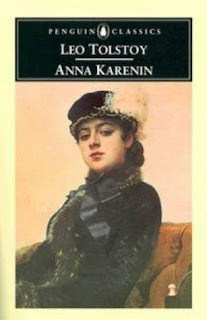In Stasiland – Stories from Behind the Berlin Wall (2003), Funder proves that truth can be stranger than fiction. She uncovers the techniques the Stasi used to spy on the East German people and its own officers. Apparently one in six East Germans was an informer, and many became so after intense pressure, threats and deceit.
Describing her investigations in the first person, Funder introduces the reader to people with fascinating stories of life behind the Berlin Wall. Placing an ad in the personal columns of a Potsdam paper, Funder sought “former Stasi officers and unofficial collaborators” yielding an impressive cache of interviewees.
 The victim stories are harrowing. There is Frau Paul, separated from her infant son by the Wall, desperate to be reunited but unwilling to be bait in a trap to capture Stasi enemies. There is Julia who was called before the Stasi and interrogated about the contents of her love letters in an attempt to turn her into an informer. And there is Miriam, imprisoned, interrogated and deprived of sleep at age 16 for attempting to flee to the West, who is still fighting to find out the truth of what happened to her husband Charlie when he died in Stasi custody.
The victim stories are harrowing. There is Frau Paul, separated from her infant son by the Wall, desperate to be reunited but unwilling to be bait in a trap to capture Stasi enemies. There is Julia who was called before the Stasi and interrogated about the contents of her love letters in an attempt to turn her into an informer. And there is Miriam, imprisoned, interrogated and deprived of sleep at age 16 for attempting to flee to the West, who is still fighting to find out the truth of what happened to her husband Charlie when he died in Stasi custody.
Funder also interviews those on the other side. She meets TV commentator and chief propagandist Karl-Eduard von Schnitzler who viewed the Wall as necessary to prevent “imperialism from contaminating the east”. Herr Winz, who spent 30 years in counter-espionage, remains a committed anti-capitalist waiting for the second coming of socialism. Hagen Koch painted the line which marked our where the Wall would be erected and Herr Christian who encoded transcripts of intercepted conversations.
I loved Anna Funder’s writing style and the way she placed herself in the story – sitting at the table interviewing subjects, drinking with Stati men, describing their encounters in dark pubs and cafes. I also admired the way she found humour among the sadness. I look forward to reading Funder’s first novel, All That I Am (2011) to enjoy more of her writing. Stasiland won the BBC Samuel Johnson prize for non-fiction and was shortlisted for the Guardian first book award.
My review of Anna Funder's debut novel All That I Am is also available on this blog.








